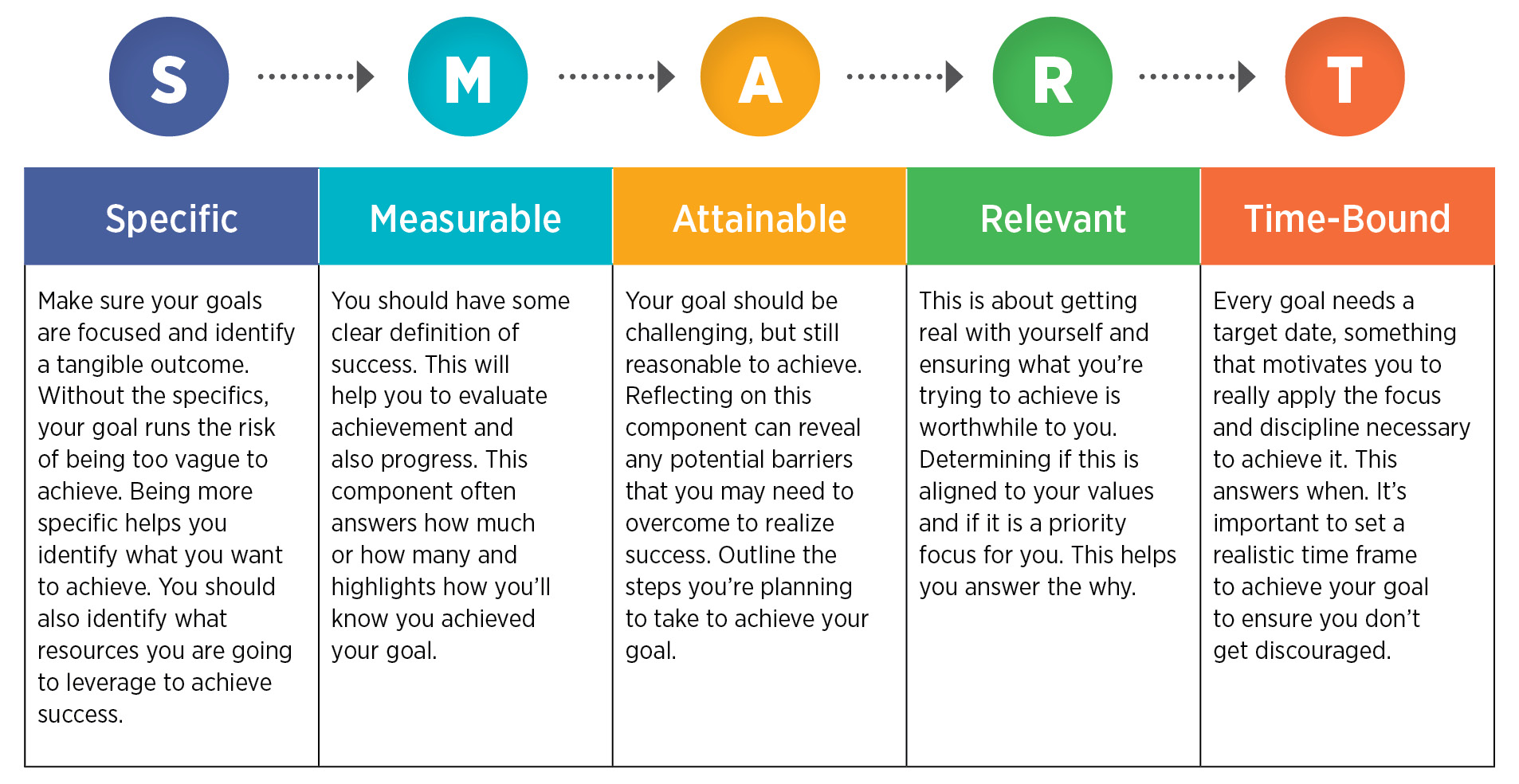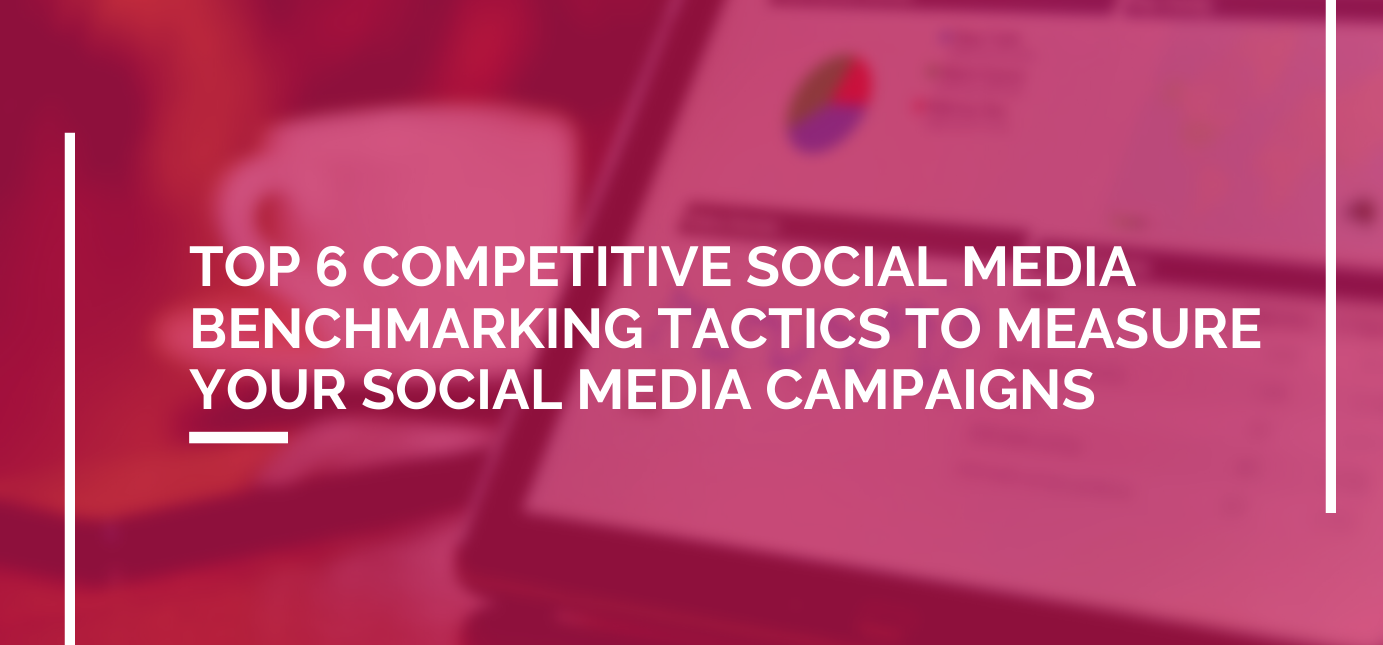Almost every business implements marketing campaigns on social media. Companies create public pages and groups, publish content, and attract subscribers in one way or another. However, not all projects measure the success of S.M.M. campaigns and their components. In fact, they can spend resources on various types of social media activity without realizing its value for the business. You may be spending a significant amount of time working on a strategy that isn’t producing concrete results. That is where social media benchmarking comes in.
The ability to measure the contribution of social media to the success of content marketing campaigns helps to evaluate the effectiveness of the promotion and time allocated. Social media performance analysis depends on a number of factors, from the KPIs you’re interested in tracking to the content produced. You can’t increase your Instagram video views if you aren’t posting a video in the first place! Each social network and industry has a different set of benchmarks that you will want to consider.
Agency Vista has put together a resource to give you insights into social media benchmarks to help you measure your brand online. Let’s go!
What does competitive benchmarking mean?
A benchmark is a reference point where we compare a product, service, or process within a company. It is essential to find the proper criteria to use benchmarking effectively.
Competitive benchmarking in marketing is a method (process) by which companies compare their performance with that of their best competitors, analyzing all the processes and functions of selected companies. This analysis is based on benchmarks. The company can focus on them, adapt them to its situation, and optimize the relevant business processes. The basic idea is to identify differences, their causes, and opportunities for improvement.
Benchmarking is a continuous comparison of products, services, processes, and methods with multiple companies. The main question in benchmarking is: “What do others do, and why are others more successful?” So, benchmarking helps to make certain areas of activity, processes, and tasks in the company better, more efficient, more prosperous, and, above all, determine the winning ratio of costs and profits in accordance with the right companies.
Social media benchmarking includes the following steps:
- Select the product or feature that you will be evaluating.
- Select the criteria (both single and group) that you will use for comparison.
- Get information about competitors in your industry.
- Process the received data.
- Offer options for changes.
- Make changes.
- Control over making changes.
- Evaluate the improvements.
Benefits of Competitive Social Media Benchmarking
A competitive analysis aims to help solve the problem of superiority over competitors, catch up and overtake. Reduce risks, create opportunities. Though a few benefits have already been mentioned above, it is still worth making this clear why competitive benchmarking is essential in social media marketing.
1. Setting goals and achieving them
Every person, process, or organization needs to set SMART goals. SMART is an acronym that you can use to guide your goal setting. The first known use of the term occurs in the November 1981 issue of Management Review by George T. Doran. Since then, Professor Robert S. Rubin (Saint Louis University) wrote about SMART in an article for The Society for Industrial and Organizational Psychology. He stated that SMART has come to mean different things to different people, as shown below.

To make sure your goals are clear and reachable, each one should be:
- Specific (simple, sensible, significant).
- Measurable (meaningful, motivating).
- Achievable (agreed, attainable).
- Relevant (reasonable, realistic and resourced, results-based).
- Time-bound (time-based, time-limited, time/cost limited, timely, time-sensitive).
Professor Rubin also notes that the SMART acronym’s definition may need updating to reflect the importance of efficacy and feedback. However, some authors have expanded it to include different focus areas; SMARTER, for example, includes Evaluated and Reviewed.
The two main reasons for using benchmarking in the social media process are identifying goals and figuring out how those goals can be achieved. Any project can learn a lot from other companies through benchmarking. It is an antidote to mediocrity because it provides the means to set exciting and challenging goals and achieve them. Once social media goals are set, you can devote more time to the tasks to achieve them.
2. Improving internal operations
Comparative analysis allows you to adopt the experience of leading companies and implement it in your campaigns. Marketing benchmarking helps your team improve internal processes and become more efficient and productive.
- Proving the R.O.I. to higher-ups.
Social media benchmarks help demonstrate the R.O.I. from your social media activities to the management and highlight your wins. If your boss asks you to discuss the data with him, take the opportunity to look professional and go beyond “vain” metrics of likes, reposts, and retweets. Instead, focus on the data that matters – the numbers that prove that your efforts as a marketer have positively impacted the business.
3. Keeping a wary eye on your competitors’ activities
A good marketer does not analyze competitors once a year. You need to keep your finger on the pulse and monitor them every day. Benchmarking cannot be a one-time analysis. It is necessary to make it an integral part of your business’s innovation and improvement to get the proper efficiency from this process. In fact, you should answer how your company can beat the competition, using the critical success factors in the context of various functional areas.
Key Segments of Social Media Benchmarking
Before we get to the best competitive benchmark tactics to measure your brand on the social web, it is worth pointing out four main types of benchmarks.
Aspirational benchmarking
You learn from social leaders and list out your aspirational benchmarks. You can use a Google Scholar search to check social media studies. After the campaign is over, you can see and compare how successful it was due to the aspirational benchmarks you set. Such analysis allows you to understand if you should continue with the same strategy or work on its improvements.
Competitive benchmarking
Setting goals based on direct competitors/influencers in your industry. BuzzSumo Influencer search is an excellent tool to search for influencers in your area. Check out and benchmark their statistics.
Trended benchmarking
Setting projections based on previous activity. Check out your performance data and set up a standard you want to achieve.
Earned benchmarking
This type of benchmarking deals with campaigns or promotional efforts. Refer to your past experience. If you had a successful campaign in the past, its performance could be your benchmark for future campaigns. Case studies and others’ learnings can also inspire you.
6 Competitive Social Media Benchmarking Tactics
While there is much benchmarking data you can collect and analyze, let’s focus on the most crucial ones you can track.
1. Growth rate
Instagram’s follower count itself cannot tell you much, but Instagram’s follower growth rate is a strong indicator that reflects an interest in your content and brand. By monitoring its changes, you can draw conclusions each time it grows (which tools work best) or falls (which content or strategy elements were irrelevant to your audience).
For example, if the number of comments on your publications keeps increasing in 2 months while your competitors remain stagnant at a lower level, then your growth rate is impressive. Such tools as Sprout Social or Hootsuite simplify the process of monitoring your growth rate alongside the competition.
Relevance and regularity of your posts, high-quality visual content are the main elements that affect followers’ growth and engagement rate.
2. Engagement rate
Usually, the engagement rate is the first thing that people pay attention to when talking about social media activities’ effectiveness. If your specific goal is not to increase the number of likes and followers but to increase brand awareness, the engagement indicator perfectly illustrates the overall trend. An account with 1,000 engaged followers is much better than a brand with 5,000 followers that do not care about the content.
When followers like or save your post, they recognize that the information is valuable to them. Knowing what percentage of your audience recognizes your posts as valuable should influence your future content.
How to calculate the engagement rate? It is the number of all interactions with the content, divided by the number of posts on a particular day, divided by the subscribers’ number.
3. Content performance
We analyze the content that is published in social networks to track the dependencies. If your strategy does not yet specify the percentage distribution of formats, then after studying this metric, you may note the following. Let’s check such an example. Almost 80% of your content is video, and the remaining 20% is photos, and the latter is effective in terms of engagement. Maybe then you should reconsider the format?
If you have a clear content plan, it will not be difficult to calculate the number of publications and their ratio to the total mass. Sometimes, the content urgently needs to be replaced, removed, or updated in the course of work.
If you realize that you are wasting your time with one category’s content and unfairly depriving the other’s attention, do not hesitate to revise your content plan.
4. Social mentions
We care about what people say about us, so social mentions are very important when discussing social media benchmarks. Both the positive and the negative are essential.
This competitive benchmark tactic helps identify your target audience more accurately, instantly track the negative feedback, analyze the effectiveness of an advertising campaign, etc. Your ability to track, measure, and respond to social mentions in real-time will help build your brand and its good reputation.
You will also be able to track mentions of your competitors, which means that the project’s external promotion can be improved based on others’ experience.
5. Share of voice
Share of voice is an indicator of a brand’s advertising activity or an individual product, meaning the share of the brand’s advertising message in the flow of advertising messages of the entire market/segment for the analyzed period.
The higher the value of the voice share, the higher the visibility of the brand’s advertising message in the segment, the higher the probability that the consumer will see and remember it.
To take a leading position among competitors, you need to have the highest SOV score among them. Therefore, after analyzing and calculating the current parameter, they set goals.
6. Timing
In the era of social network algorithms, it is no longer possible to get to the top if you publish a post at any random time. But you can track the trend of consumption of your content to achieve the best results.
The best time to maximize the reach and engagement of posts is different for each social network. Check out the structured data about the best time to post on social media, depending on the platforms.
The correct timing is a powerful argument in the promotion. Post content at “delicious” intervals to achieve the best results on the web. Then the publication will gain maximum likes and attract new subscribers. One more thing to keep in mind – not only be aware of when you are posting but also how often.
Conclusion
The world has already accepted that promotion on social networks is no longer a trend but rather a proven effective marketing channel for promoting businesses and brands. When we talk about investing in social media marketing, we want to know how to be more effective in our strategies and improve our performance day-to-day.
When unveiling social media benchmarks, you get a clear idea about your brand against industry standards. You can perform this metric analysis either every month or every quarter. Based on this data, make edits to current and future plans. Keep an eye on your market and stay competitive!
